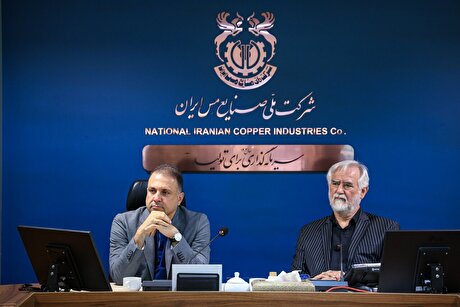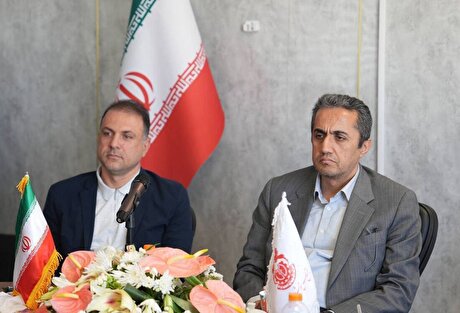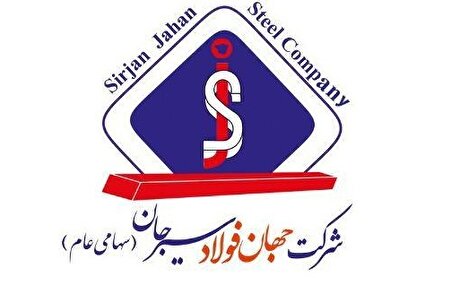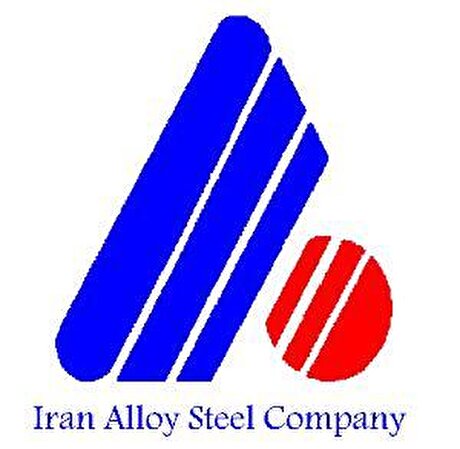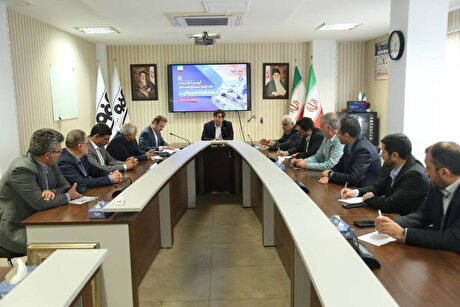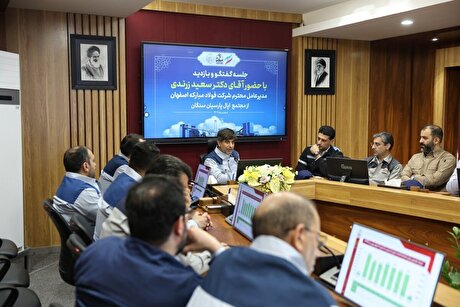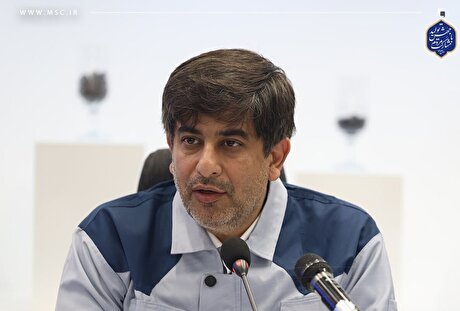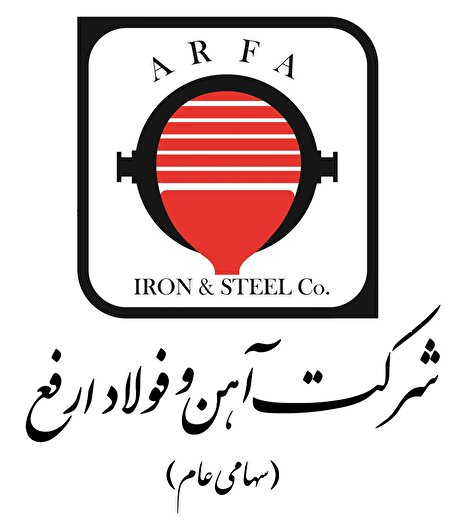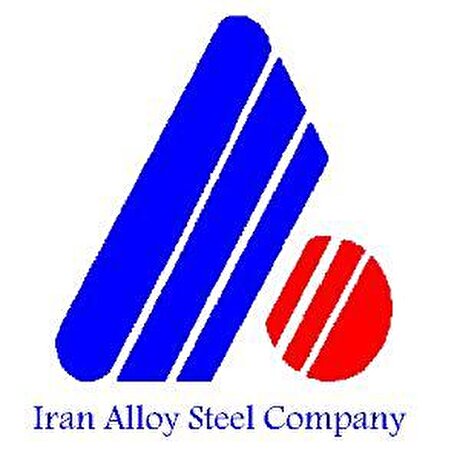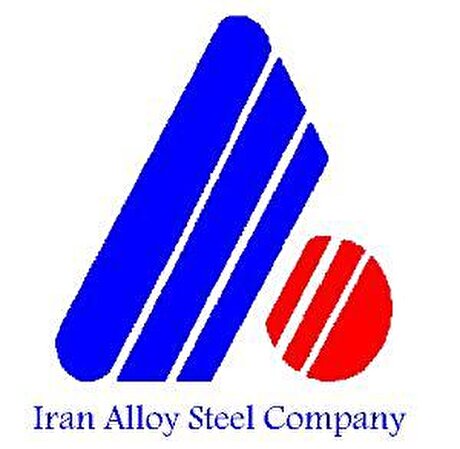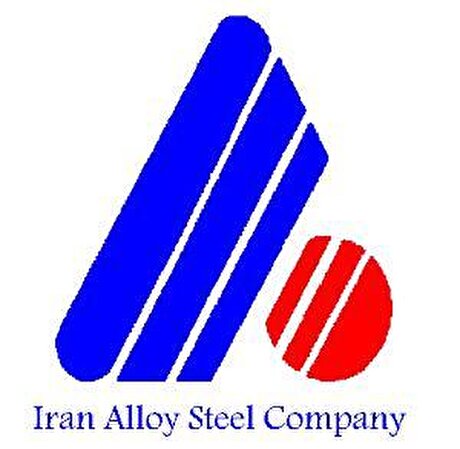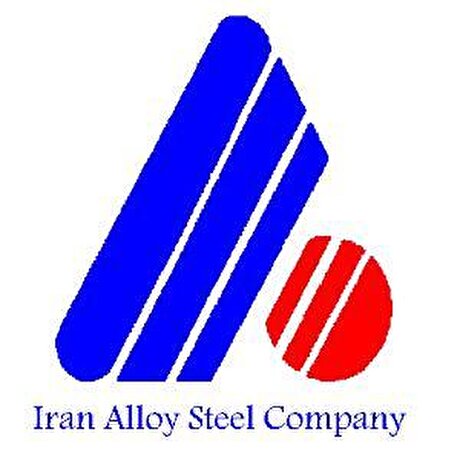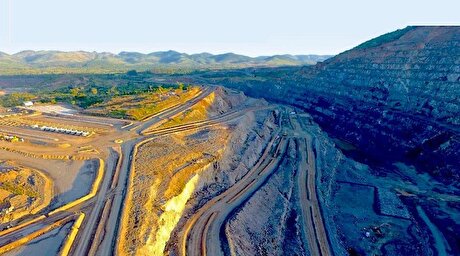
Glencore’s Valeria coal mine granted special status
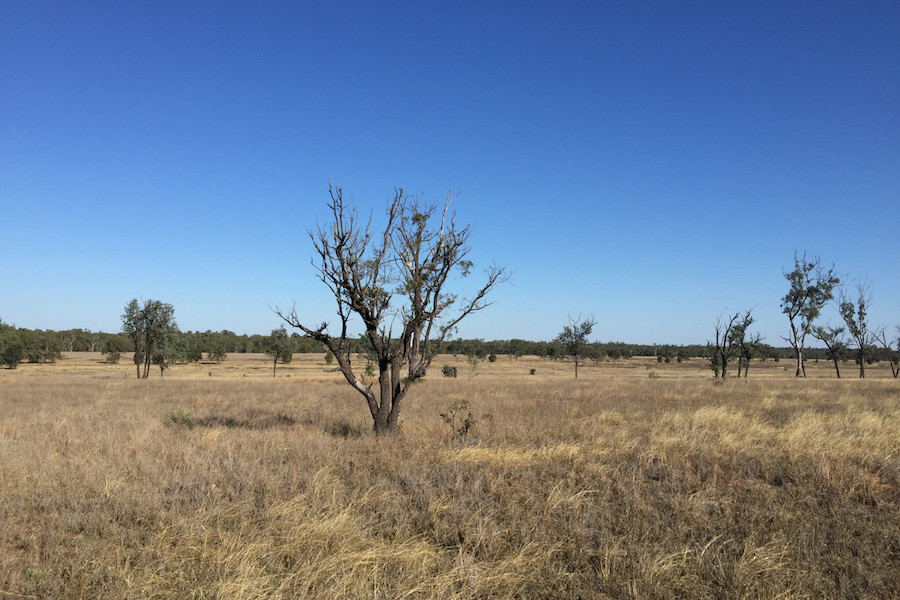
The decision will bring environmental and other assessments for the mine, expected to produce 20 million tonnes of coal annually for 35 years, under the office of the state’s coordinator general.
Valeria’s expected output equals about 4% of Australia’s total coal production. That is double the size of Adani’s Carmichael project, also in Queensland, which was approved by the state government in June 2019 after a near decade-long struggle with regulators and environmental protesters.
Queensland’s Treasurer, Cameron Dick, said the project is expected to support over 1,400 construction jobs and 950 full-time positions once fully operational.
The project’s special status, he noted, would help implement new positions faster.
“This new mine has the potential to create hundreds of new jobs as Queensland recovers from the extraordinary shock of the global coronavirus pandemic,” Dick said. “Coal mining has a long history in Queensland and will continue to be a major industry for many years to come.”
Glencore said the move was an “important and positive step” for its planned Valeria mine, which would extract a mix of metallurgical coal, used to produce steel, and thermal coal, needed for power generation. The amounts of each type of coal were not specified.
Based on the company’s “initial advice statement” sent to the government in April, Valeria would cover 28,000 hectares, with a “disturbance area” of 10,000 hectares.
It will replace production from other Glencore coal operations as they near retirement, including the nearby Clermont mine.
Glencore grabbed a 71.2% stake in the asset in 2018. As part of the transaction, it also acquired Rio Tinto’s 82% interest in the Hail Creek coal mine.
The coal sector brings in around A$70 billion in annual export revenue to

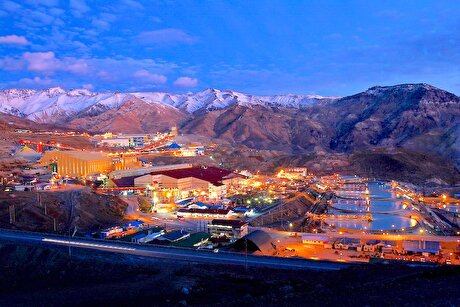
Codelco seeks restart at Chilean copper mine after collapse
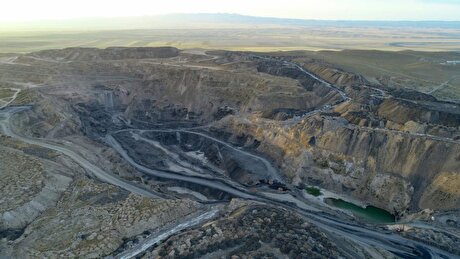
Uzbek gold miner said to eye $20 billion value in dual listing
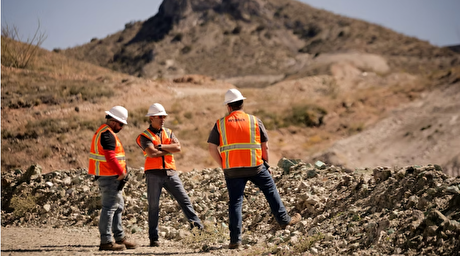
Hudbay snags $600M investment for Arizona copper project
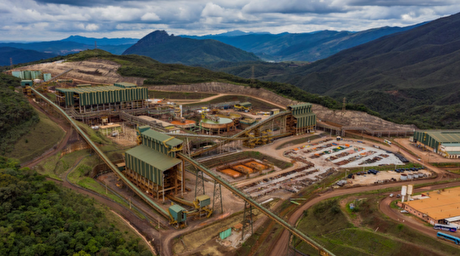
BHP, Vale offer $1.4 billion settlement in UK lawsuit over Brazil dam disaster, FT reports
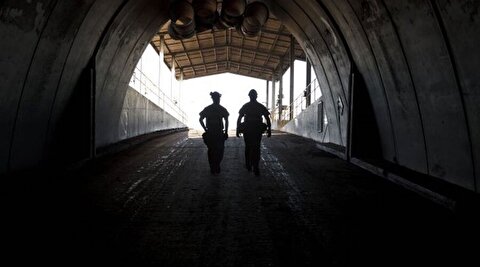
Peabody–Anglo $3.8B coal deal on the brink after mine fire
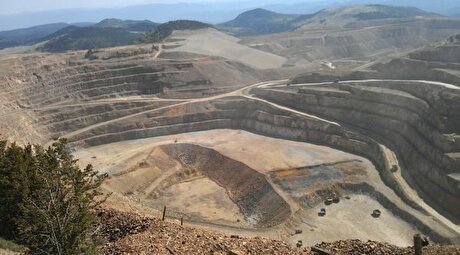
SSR Mining soars on Q2 earnings beat
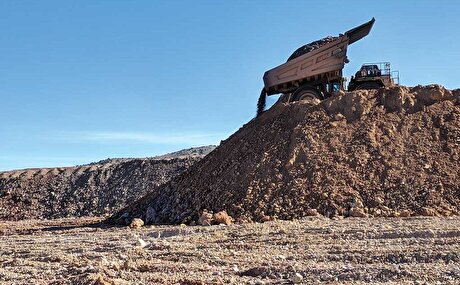
Minera Alamos buys Equinox’s Nevada assets for $115M
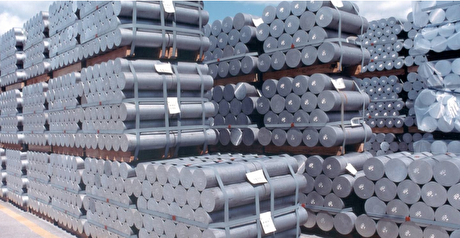
Century Aluminum to invest $50M in Mt. Holly smelter restart in South Carolina

A global market based on gold bars shudders on tariff threat
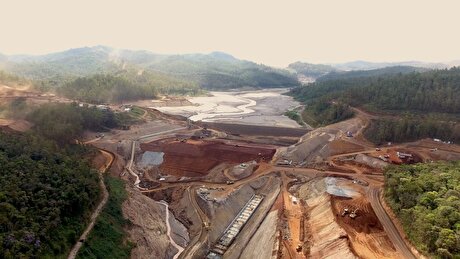
Samarco gets court approval to exit bankruptcy proceedings
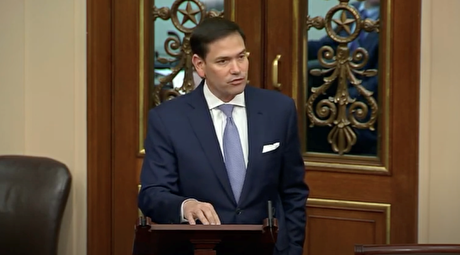
US eyes minerals cooperation in province home to Reko Diq
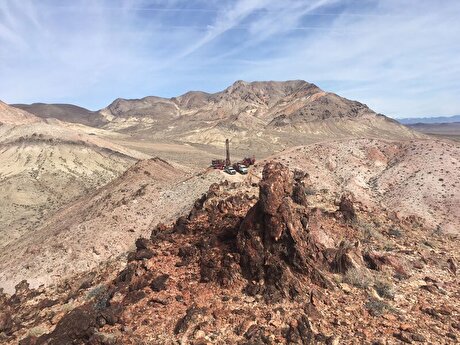
Allegiant Gold soars on 50% financing upsize
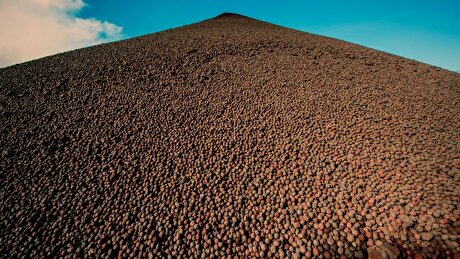
Explaining the iron ore grade shift

Metal markets hold steady as Trump-Putin meeting begins

Trump to offer Russia access to minerals for peace in Ukraine

Gemfields sells Fabergé luxury brand for $50 million

Gold price stays flat following July inflation data
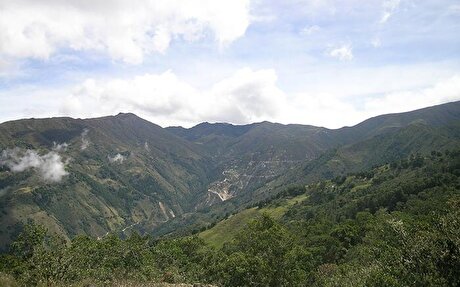
Eco Oro seeks annulment of tribunal damage ruling
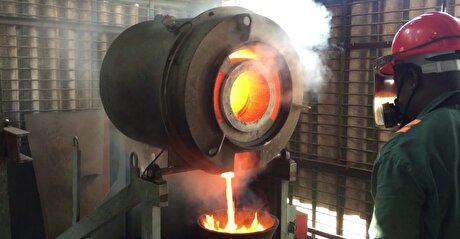
Zimbabwe labs overwhelmed as gold rally spurs exploration, miner says

Samarco gets court approval to exit bankruptcy proceedings

US eyes minerals cooperation in province home to Reko Diq

Allegiant Gold soars on 50% financing upsize

Explaining the iron ore grade shift

Metal markets hold steady as Trump-Putin meeting begins

Trump to offer Russia access to minerals for peace in Ukraine

Gemfields sells Fabergé luxury brand for $50 million

Gold price stays flat following July inflation data

Eco Oro seeks annulment of tribunal damage ruling

